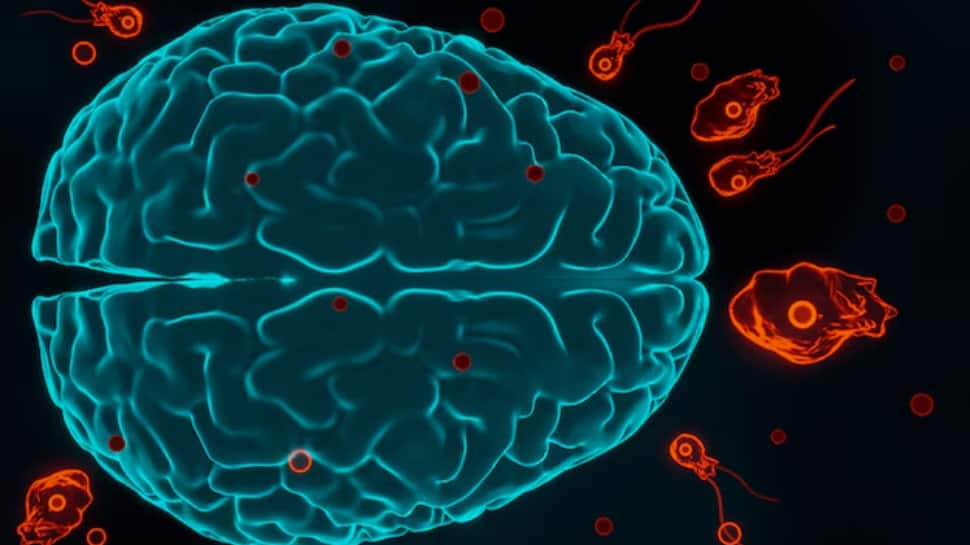Another life has been claimed by the deadly Naegleria fowleri, also known as the brain-eating amoeba, after a child in South Carolina, US, was exposed while swimming in a local lake. The organism causes a rare infection called Primary Amebic Meningoencephalitis (PAM), which destroys brain tissue at an alarming rate.
The South Carolina Department of Public Health confirmed the death on July 22, with doctors at Prisma Health Richland Hospital identifying the microscopic culprit. Found in warm freshwater, think lakes, rivers, and even improperly cleaned neti pots, Naegleria fowleri enters through the nose, travelling along the olfactory nerve to the brain. And while it doesn’t “eat brains” like in horror movies, the destruction it causes is no less terrifying.
According to the CDC, over 150 cases have been reported in the US since 1962, with only four survivors.
Don’t Ignore These First Symptoms of Brain-Eating Amoeba
The most dangerous aspect of PAM is that it masquerades as a regular viral infection. Symptoms can show up 1–12 days after exposure, often too late for effective treatment.
Early Symptoms Include:
1. Severe headache (especially behind the eyes or forehead)
2. High fever
3. Nausea and vomiting
4. Neck stiffness
5. Confusion or changes in behavior
6. Loss of balance and sensitivity to light
Once the infection progresses, it can lead to seizures, hallucinations, coma, and ultimately death. Survival rates remain tragically low even with early hospital intervention.
How to Protect Yourself and Your Family
Experts recommend these precautions to reduce risk:
1. Never dive or jump into warm freshwater bodies without a nose clip.
2. Avoid disturbing lakebed sediment where the amoeba may be lurking.
3. Don’t use tap water in neti pots unless it’s been boiled, distilled, or sterilised.
4. Avoid freshwater swimming during extremely hot weather when water is stagnant.
Bottom Line
While the brain-eating amoeba is rare, it’s fatal in most cases and strikes without warning. If you’ve recently swum in freshwater and develop severe headaches or neurological symptoms, don’t delay, seek medical attention immediately. Your life may depend on it.
FAQ
1. What is the brain-eating amoeba?
Naegleria fowleri is a rare amoeba that destroys brain tissue after entering through the nose.
2. How do people get infected?
Infection usually occurs when contaminated warm freshwater enters the nose during swimming or diving.
3. What are the first symptoms?
Severe headache, fever, nausea, stiff neck, and confusion are common early signs.
4. Is it treatable?
Survival is extremely rare, but early detection and aggressive treatment may help.
5. How can I protect myself?
Use nose clips, avoid disturbing sediment in warm lakes, and never use tap water in neti pots unless sterilised.
(This article is meant for informational purposes only and must not be considered a substitute for advice provided by qualified medical professionals.)

